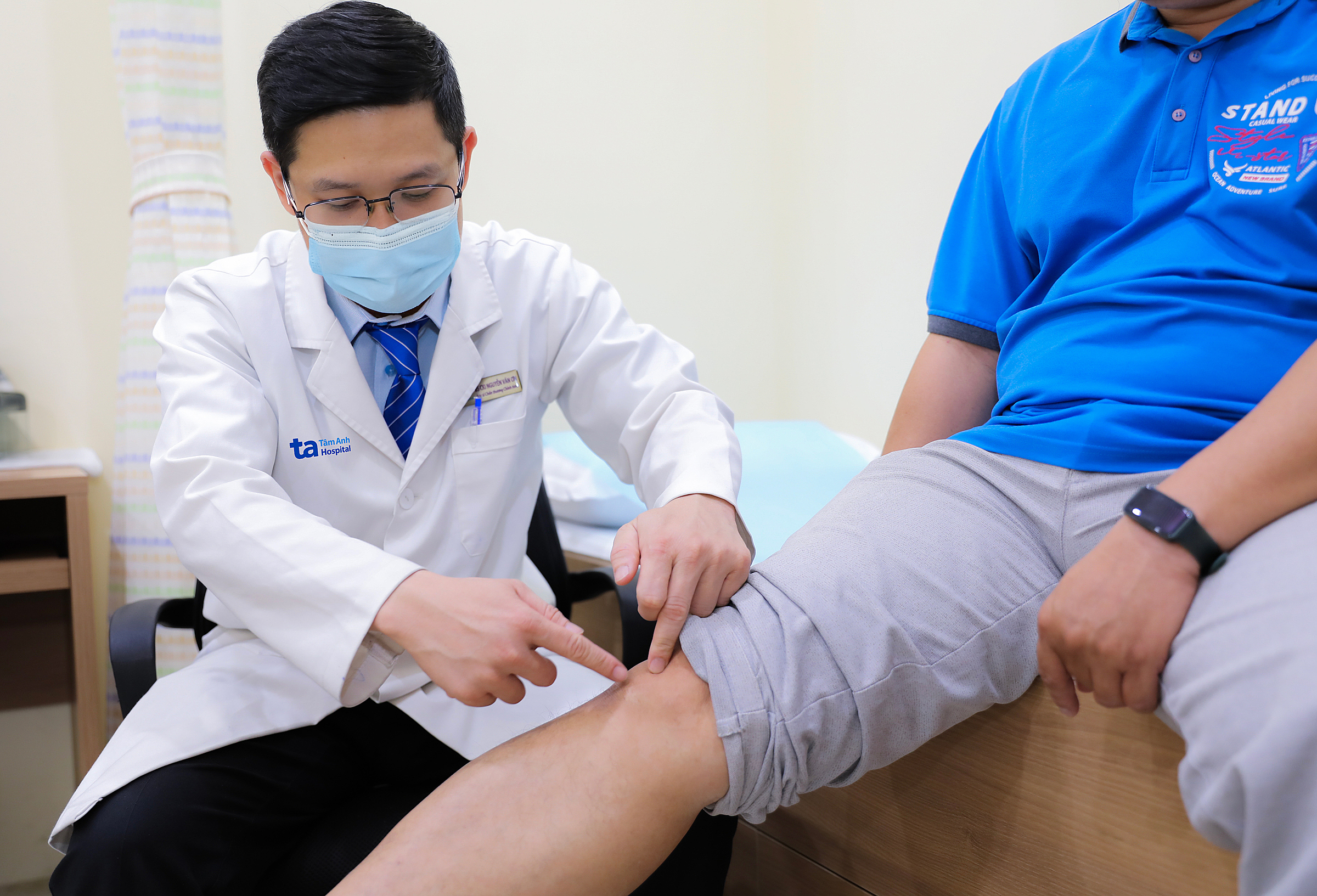Holiday excursions often involve extensive walking, leading to sore feet and aching muscles, particularly for those with joint issues or a less active lifestyle. Common areas of discomfort include the feet and calves. Dr. Nguyen Van On, from the Orthopedic Trauma unit at Tam Anh General Clinic, District 7, offers advice on alleviating this pain.
Applying cold compresses or cool towels for a maximum of 20 minutes at a time, multiple times throughout the day, can help. The low temperature constricts blood vessels, reducing blood flow to the affected area, thus slowing down inflammation, decreasing swelling, and lessening pain signals to the brain. Cold can also numb the area, providing effective pain relief. Avoid direct contact between ice and skin to prevent ice burns.
Soaking feet in warm water, especially warm salt water, can increase blood circulation, relax muscles, and reduce pressure on joints, effectively alleviating muscle and joint pain. The warmth also soothes nerves in the feet, promoting relaxation.
 |
Dr. On examines a patient's knee joint function. Photo: *Tam Anh General Clinic, District 7* |
Massaging sore areas like the feet and calves promotes blood circulation, improves nutrient exchange, and reduces pain. Massage can also disperse muscle hematomas, softening muscles, bones, and joints and reducing stiffness.
Stretching exercises, such as rotating ankles clockwise and counterclockwise or extending legs straight and pulling the calf muscles, holding for about 10 seconds, can also provide relief.
Staying hydrated throughout the day, particularly after physical activity, is crucial. Dehydration can cause fatigue, cramps, and foot pain.
Rest is essential when experiencing significant foot pain, and adjusting your itinerary accordingly is advisable.
Wearing properly fitted shoes with comfortable, cushioned soles is important. If you have specific foot conditions, like arch problems (high or low arches, or flat feet), consider using medical orthotics. Women should avoid high heels, as they can increase pressure on the lower back, knees, and ankles, reducing balance and increasing the risk of falls.
Compression bandages or medical socks can benefit those with knee or circulatory issues or a tendency towards swelling. The compression improves blood circulation, reducing pain, numbness, cramps, and heaviness in the legs after extensive walking.
Dr. On notes that while foot pain after walking can be a simple sign of muscle fatigue, it can also indicate underlying joint or circulatory problems requiring prompt treatment. If the pain persists and worsens, home care proves ineffective, and daily life is affected, it's crucial to seek medical attention. Doctors may recommend X-rays or ultrasounds for diagnosis. Depending on the severity and cause of the pain, they may prescribe medication, physical therapy, or more specialized treatments if necessary.
Phi Hong












